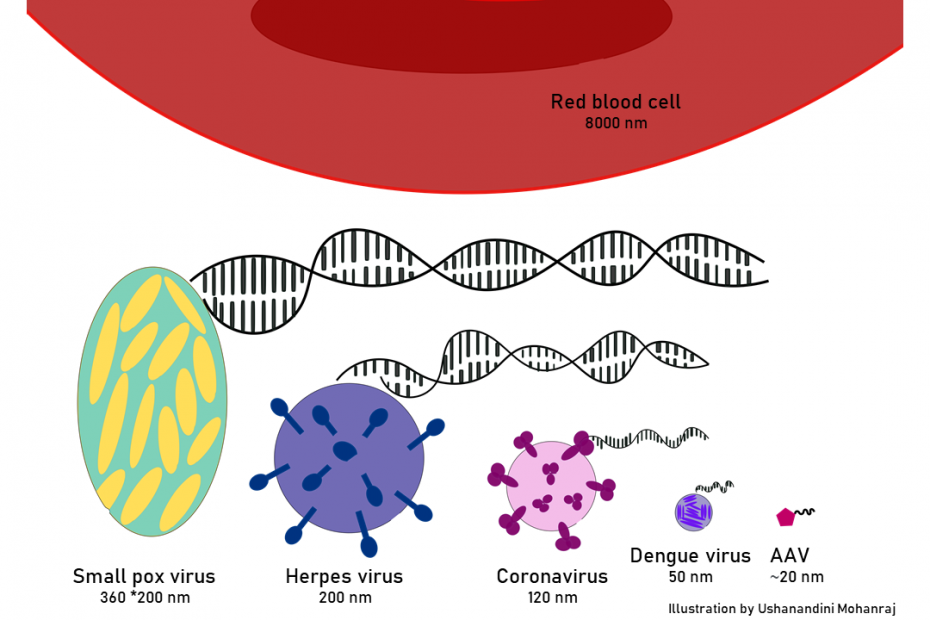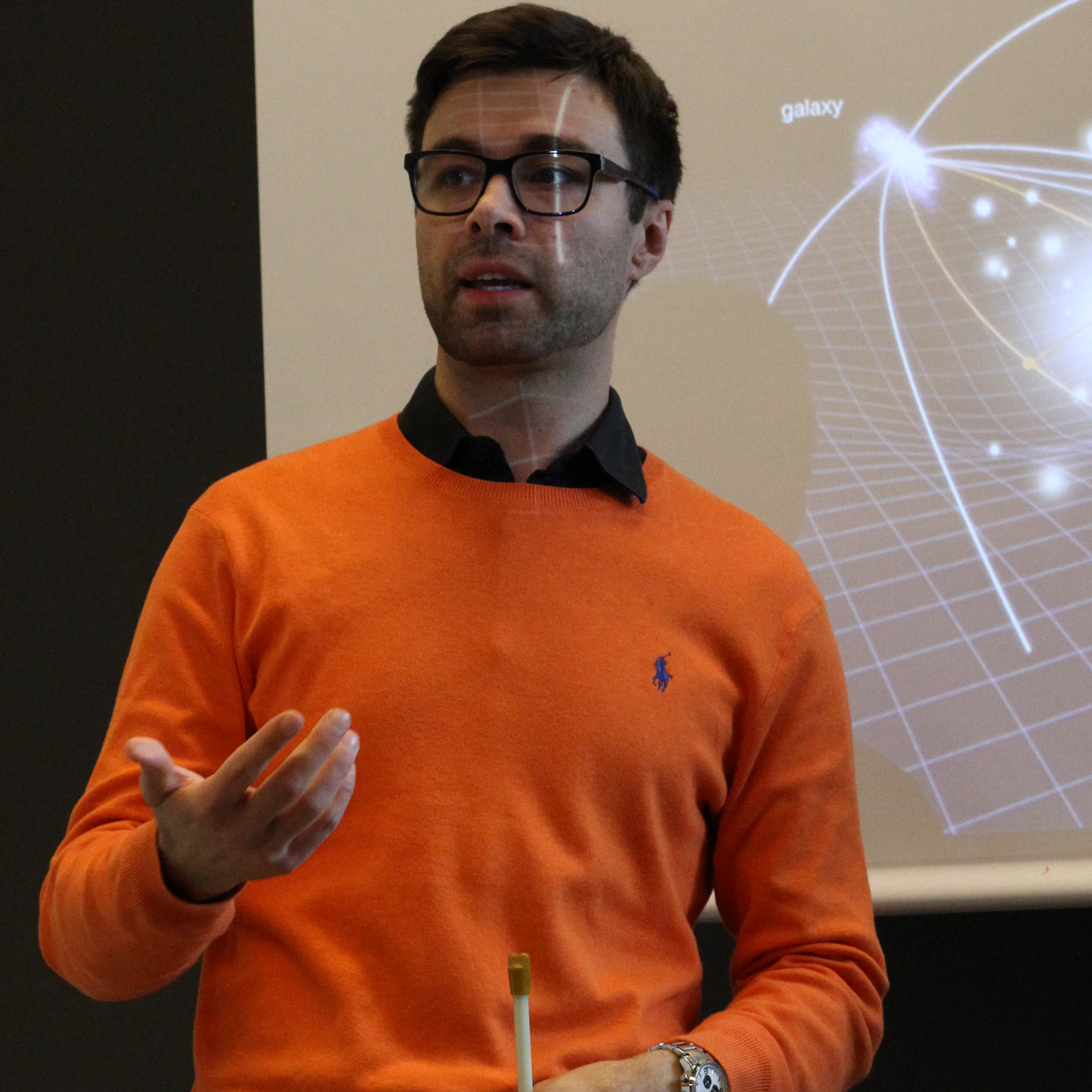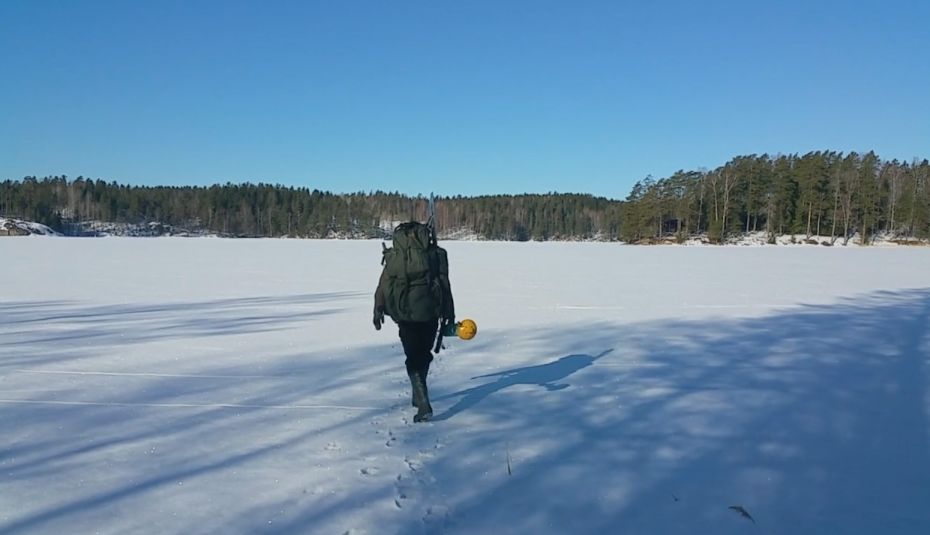Home » Blogging Science » Page 5 Blogging Science
“Blogging science” is a project that aims to provide a platform for young scientists to develop their science communication skills through writing. Are you a scientist who likes writing? Have you always dreamt about making your science voice heard online but something has been always holding you back? Or perhaps you have plenty of essays piled up but nobody has ever read them except you and course assistants? No worries, we got you!
We want to increase the amount of scientists who communicate their research and passion for science online. No experience is needed, just enthusiasm! We will be happy to host your blog free of charge and stress! Want to become a contributor for The Science Basement’s Blogging Science? Drop us a line using the form!









